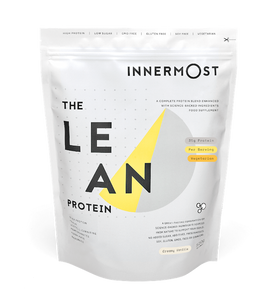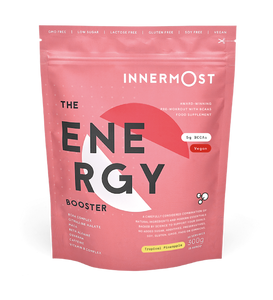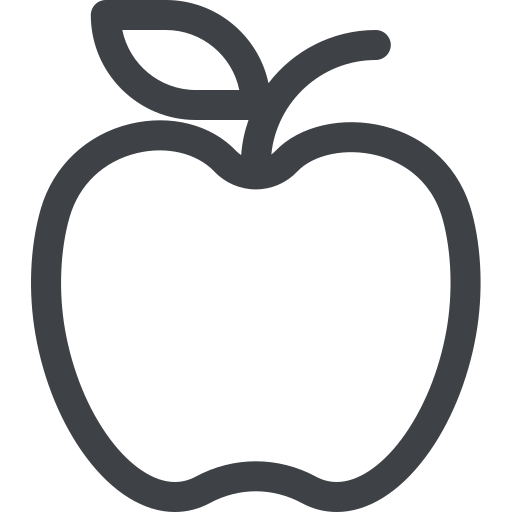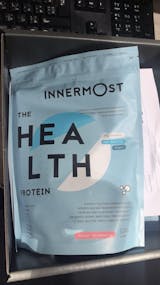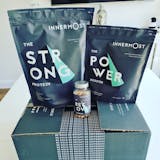Stephen Fraser's 30 Day Burpee Challenge
I’m a firm believer in leaving no stone unturned and that’s why I focus my training on maximising bodyweight strength but also taking the time to look at additional skills such as coordination, mobility, balance and explosive power. Mastering how to move your own bodyweight precisely with speed will open up the door to building strength in all areas of the body including wrists and ankles which are always forgotten about. It will also give you a killer core which is so beneficial in more traditional compound exercises such as deadlifts and squats. That’s why I want you to join me on my 30 Day Burpee Challenge.
Stephen Recommends
I’ll be attacking this challenge with the help of The Strong Collection, which gives you everything you need for the next 30 days. Due to the nature of the burpee movement, the creatine monohydrate found in The Strong Protein will make sure the last rep is as explosive as the first. Also, with the blend supplying me with 34g of protein, I know I'll have enough fuel to repair and build lean muscle once I’m finished. In addition, The Recover Capsules are ideal to maximise muscle and strength gains, and helps with energy and recovery to keep you going for the next 30 days.
The 30 Day Challenge
Start: The first thing to do is determine your baseline # of rounds. That is how many rounds of you can do before you reach exhaustion – 30 second of burpees and 40 seconds of rest is equal to 1 round. The key here is to make the movement as explosive as possible. Kick the legs all the way back when you’re at the lowest part of the move, make sure the chest touches the ground then jump 180 degrees as high as you can. Aim to land with your feet perfectly straight before performing the next burpee. Learn your body’s movements and how to control them with confidence.
Day 1 – Find your baseline # of rounds (30s on/40s rest)
Day 2-4 – Perform your baseline # of rounds for 40s on/40s rest
Day 5 – rest
Days 6-8 – Perform your baseline # of rounds for 40s on/30s rest
Day 9 – rest
Days 10-12 – Perform your baseline # of rounds for 50s on/40s rest
Day 13 – rest
Days 14-16 – Perform your baseline # of rounds for 50s on/30s rest
Day 17 – rest
Days 18-20 – Perform your baseline # of rounds for 60s on/40s rest
Day 21 – rest
Days 22-24 – Perform your baseline # of rounds for 60s on/30s rest
Day 25 – rest
Days 26-28 – Perform your baseline # of rounds for 60s on/20s rest
Day 29 – rest
Day 30 – Moment of truth: retest to find your new maximum # of rounds for 30s on/45s rest.
Bonus: See if you can beat your original baseline # of rounds but at 60s on/20s off! If you can, you’ve doubled your work capacity, while cutting your rest by half! Not bad for 30 days work.

